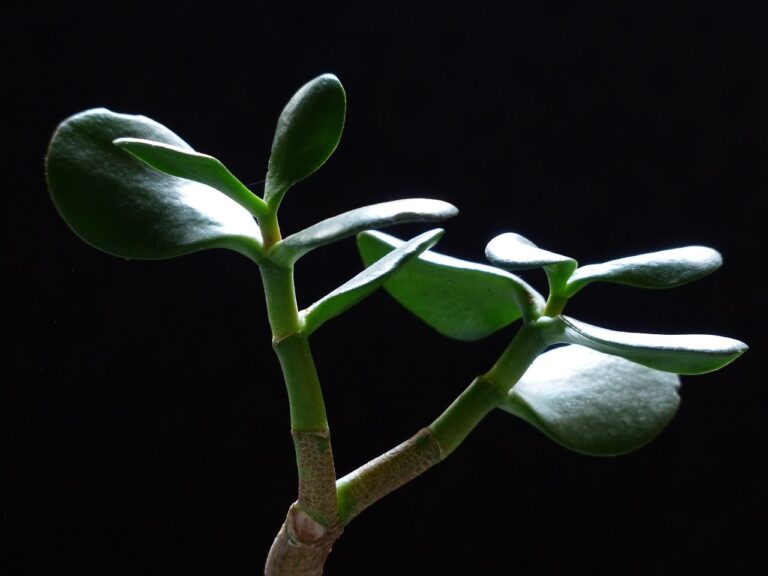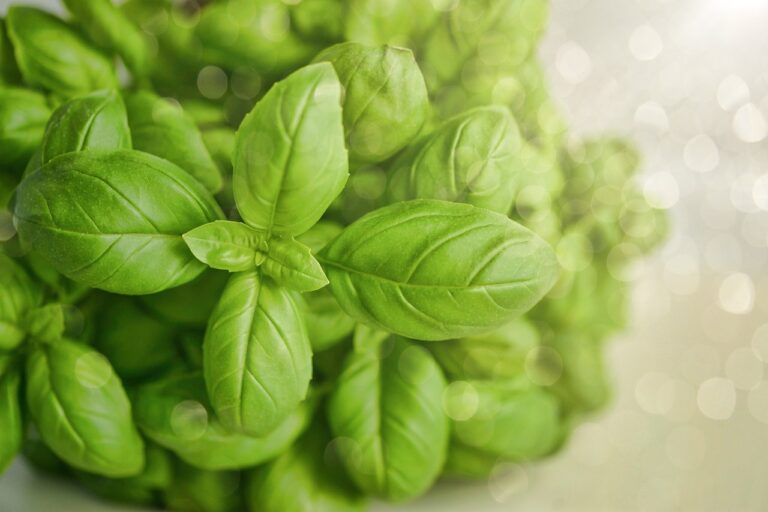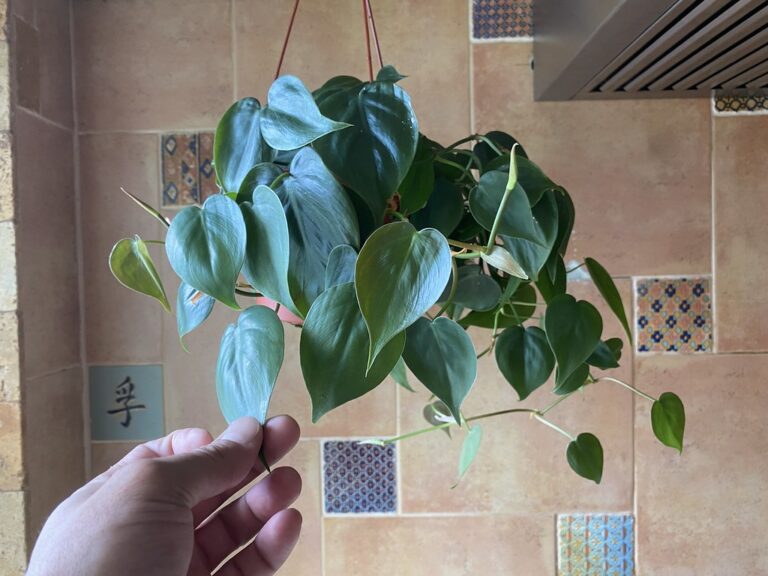Understanding Watering and Irrigation Practices for Different Herbs
Understanding the precise watering needs of different herbs is essential for their growth. Factors like sunlight exposure, soil type, and plant size influence how much water they require. Customizing watering schedules based on herb types is pivotal. Basil and mint need daily watering, while chives and oregano thrive with less frequent watering. Root zone watering guarantees water reaches the plant’s roots efficiently, supporting strong root systems. Checking soil moisture levels accurately helps prevent common watering mistakes. Watering at the base of herbs assists in efficient water absorption. Monitoring and adjusting watering practices are critical for healthy herb growth. Mastering these practices is indispensable for herb enthusiasts.
Factors Influencing Herb Watering Needs
When determining the watering needs of herbs, various factors such as sunlight exposure, soil type, and plant size play a significant role. Herbs, like all plants, require water for photosynthesis, nutrient uptake, and overall growth. The amount of water needed by herbs is influenced by the type of soil they are planted in. Different herbs thrive in varying soil conditions, such as well-draining sandy soil for herbs like lavender, while moisture-loving herbs such as mint prefer richer, loamy soil. The type of soil directly impacts how water is retained or drained, affecting the frequency and quantity of water necessary for the best herb growth.
Sun exposure is another critical factor in determining herb watering needs. Herbs that receive more sunlight generally require more water due to increased evaporation rates. Conversely, herbs in shaded areas may retain moisture longer and as a result need less frequent watering. Understanding the sunlight requirements of different herbs is essential for tailoring watering schedules to meet their specific needs.
Moreover, soil drainage plays a vital role in herb watering needs. Herbs planted in poorly draining soil may suffer from root rot if overwatered, while those in excessively fast-draining soil might dry out quickly. Proper soil drainage is important for maintaining healthy herb growth by ensuring water penetrates the roots effectively without waterlogging or drying out the plants. By considering these factors, one can effectively manage the watering requirements of herbs to promote their health and vitality.
Tailoring Watering Schedules for Herbs
When customizing watering schedules for herbs, it’s important to take into account the frequency of watering and appropriate watering methods. Understanding the specific moisture needs of each herb variety is essential for their best growth and development. By adjusting watering schedules based on individual herb requirements, we can guarantee healthier plants and improved harvests.
Frequency of Watering
To tailor watering schedules for herbs, understanding the specific moisture needs of each herb variety is essential. Different herbs have varying requirements in terms of watering frequency. Herbs like basil and mint necessitate daily watering to maintain consistently moist soil. Conversely, chives and oregano should be watered thoroughly once or twice a week, allowing the soil to dry slightly between waterings. Rosemary and sage prefer infrequent watering to prevent root rot, with the soil kept moist but not waterlogged. Cilantro thrives when there is approximately one inch of moisture surrounding the plant. Dill and fennel require consistently damp soil, with dill needing one to two inches of moisture and fennel needing watering when the top inch of soil is dry. Understanding these moisture needs is fundamental for the health of herb plants.
Watering Methods
Adapting watering techniques based on the particular moisture requirements of various herbs is essential for preserving their health and fostering ideal growth. When tailoring watering schedules for herbs, it is important to take into account factors like climate, sunlight exposure, soil type, and plant size. To efficiently water herbs, using methods like drip irrigation or soaker hoses can guarantee water is delivered directly to the roots, promoting healthy growth while minimizing water waste. Monitoring soil moisture levels regularly is vital in adjusting watering schedules to meet the specific needs of different herbs. Watering at the root zone helps in efficient water absorption and prevents water-related diseases. By employing these efficient watering methods and tailoring the watering schedule, herbs can thrive and flourish.
Importance of Root Zone Watering
A critical aspect of herb cultivation lies in prioritizing root zone watering to guarantee prime growth and health. Root zone watering is essential as it ensures that water is delivered directly to the plant’s roots, where it is most needed for efficient hydration and ideal nutrient uptake. By focusing on watering at the root zone, herbs can develop strong and healthy root systems, which are essential for overall plant growth and vitality.
Moreover, root zone watering plays a significant role in preventing foliar diseases. By avoiding wetting the leaves and stems of herbs during irrigation, the risk of diseases that thrive in moist conditions is minimized. This targeted approach not only promotes plant health but also conserves water resources by reducing wastage through evaporation and runoff. Efficient root zone watering provides herbs with the essential hydration they need while minimizing water loss, contributing to both plant health and water conservation efforts.
Checking Soil Moisture Levels Effectively
To guarantee proper hydration for herb plants, I depend on a soil moisture meter for precise measurements within the root zone. Additionally, inserting my finger into the soil up to 2-3 inches allows me to physically assess dampness levels. When the soil clumps together upon squeezing, it indicates ample moisture, while crumbly soil suggests dryness, aiding in the prevention of watering issues.
Moisture Meter Importance
Using a moisture meter is essential for accurately evaluating soil moisture levels and determining the best watering schedule for herbs.
- A moisture meter prevents overwatering or underwatering by providing precise readings of soil moisture levels.
- It is an easy-to-use tool that can be inserted into the soil to get immediate readings.
- Herb growers can make informed decisions about watering frequency based on the specific moisture needs of each herb, ensuring healthy development.
Visual Soil Inspection
Conducting a tactile assessment of the soil by feeling its texture between your fingers is a reliable method for accurately gauging moisture levels. Dry soil will feel gritty and crumble easily, indicating a need for watering to maintain proper moisture levels important for herb growth and health. On the other hand, wet soil will feel sticky and form clumps, signaling excess moisture that may lead to overwatering issues. Regular visual soil inspections are essential in herb gardens to prevent both overwatering and underwatering, ensuring ideal irrigation practices for healthy herb growth. By mastering the art of visual soil inspection, herb enthusiasts can maintain a balanced soil moisture level, promoting thriving herb gardens with strong and flavorful plants.
Preventing Common Watering Mistakes
Common watering mistakes can endanger the health and energy of herb plants if not addressed promptly. It is essential to understand the signs of both overwatering and underwatering to prevent these issues and maintain the best possible health of your herbs. Here are some essential tips to prevent common watering mistakes:
- Water deeply: Make sure that water reaches the roots by watering deeply rather than lightly on the surface.
- Check the soil moisture around: Regularly examine the moisture level around the plant to determine if watering is needed.
- Insert a finger: Placing a finger into the soil is a simple way to check if it is dry before watering again.
Overwatering can lead to root rot, yellowing leaves, and mold, while underwatering can cause wilting, stunted growth, and dry soil. Following the rule of thumb for each herb’s specific watering needs and maintaining a consistent watering schedule can help prevent these issues. Remember, it’s better to underwater slightly and adjust gradually based on the plant’s response than to overwater and risk damaging your herbs. By being attentive to your herb plants’ watering requirements, you can promote healthy growth and prevent water-related problems.
Supporting Herb Growth With Proper Irrigation
To optimize herb growth and health, understanding the varying water requirements of different herbs is essential for implementing proper irrigation practices. Herbs like basil prefer consistently moist soil, while plants such as rosemary thrive in drier conditions. During the growing season, it is important to water plants at the base to guarantee efficient water absorption and reduce the risk of fungal diseases.
When determining the right amount of water to provide, consider factors such as the amount of sunlight the herbs receive and the type of soil around them. Herbs planted in full sun may require more frequent watering compared to those in partial shade. Additionally, checking the moisture levels in the soil is vital. A practical way to do this is by inserting a finger into the soil. If the soil feels dry to the touch, it is time to water the herbs.
Furthermore, mulching around herb plants can help retain soil moisture, reducing the frequency of watering needed. By maintaining ideal soil moisture levels and adjusting watering practices based on individual herb requirements, you can support healthy growth and prevent common issues like root rot, wilting, and nutrient deficiencies.
Monitoring and Adjusting Watering Practices
When monitoring and adjusting watering practices for herbs, it is important to regularly assess soil moisture levels to guarantee ideal hydration for plant growth. Proper monitoring ensures that the plants receive adequate water without the risk of overwatering or underwatering, both of which can have detrimental effects on herb health. Here are some key points to take into account in maintaining ideal watering practices:
- Probe Soil Moisture: To accurately determine watering needs, probe the soil a few inches down to assess moisture levels effectively.
- Adjust Watering Frequency: Take into account the plant species, weather conditions, and soil moisture levels when deciding how often to water your herbs.
- Utilize Mulch: Mulching around herbs helps retain soil moisture, reducing the frequency of watering required and promoting healthier plants.
Regularly checking for signs of overwatering, such as yellowing leaves or moldy soil, and signs of underwatering, like wilting or dry soil, is important in preventing issues and maintaining plant health. Implementing a consistent watering schedule not only supports proper root development but also fosters robust plant growth. By monitoring soil moisture diligently and making necessary adjustments, you can make sure that your herbs thrive and flourish.






